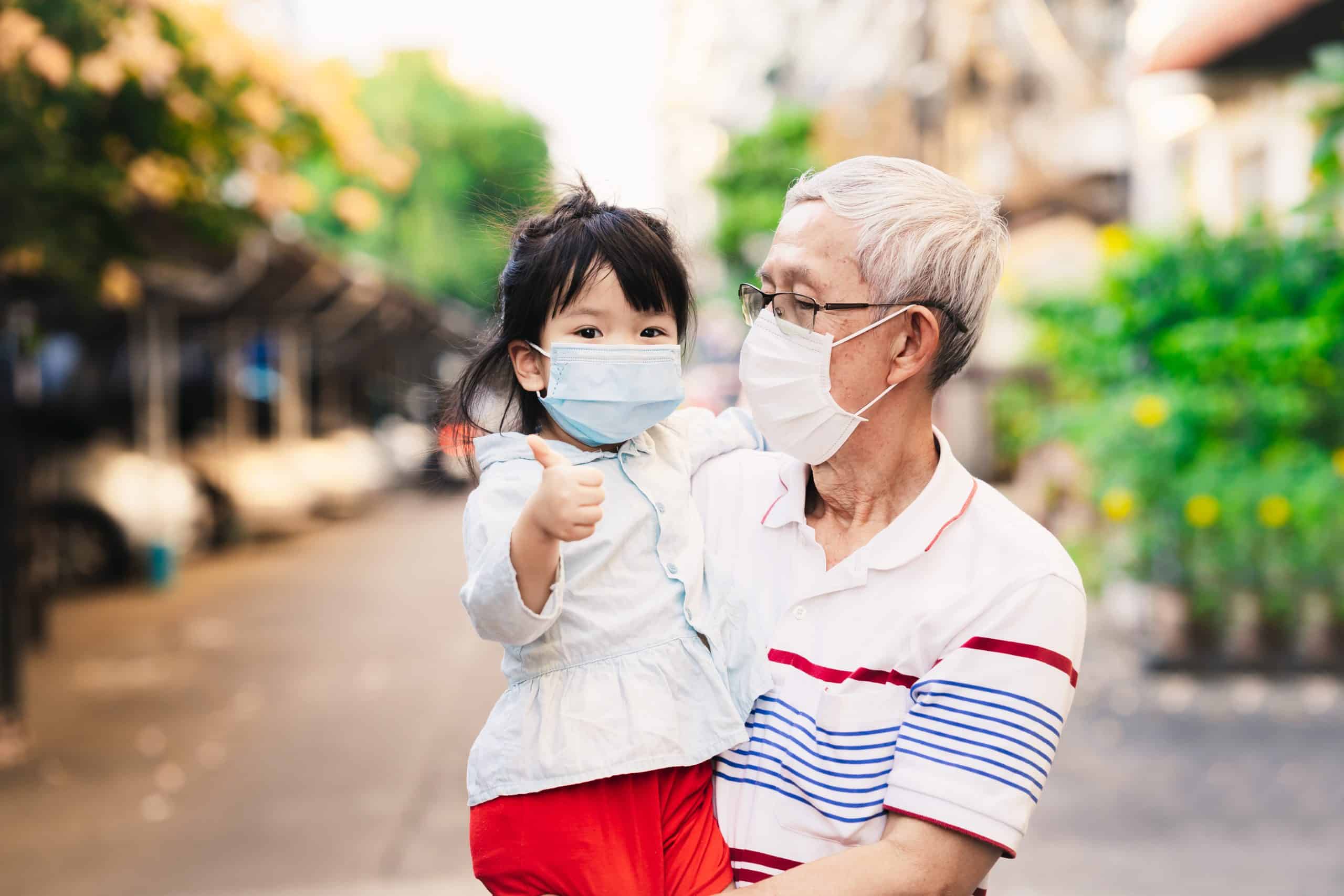How to Safely Introduce Your Pet to Urban Wildlife Without Causing Stress?

As an animal-loving society, we value the opportunity to share our world with our pets. Whether it’s the daily walk with your dog or a quiet afternoon with your cat on the porch, our pets are an integral part of our lives. In this urban era, it’s not uncommon for our domesticated companions to encounter wildlife, such as coyotes, even in the heart of the city. The interaction between pets and wildlife provides a unique challenge for pet owners. How can we ensure that these encounters are safe and stress-free for both our pets and us? Let’s delve into this topic further.
Understanding Your Pet’s Behavior
Before introducing your pet to urban wildlife, it’s essential to understand their behavior. Dogs, for instance, are naturally curious and can become excited or aggressive when faced with unfamiliar animals.
Additional reading : What Are the Best Materials for Building a Durable Outdoor Cat Tree?
Most urban wildlife, like coyotes, are usually afraid of humans and pets. However, they can become aggressive if they feel threatened or cornered. It’s crucial for pet owners to understand their pet’s behavior and responses to ensure a calm and non-threatening encounter.
Training your pet to respond to basic commands like "stay" or "leave it" can be beneficial. This way, you can control your pet’s interactions with wildlife and prevent any potential confrontation.
Also read : How to Create a Stimulating Environment for Ferrets to Curb Destructive Behaviors?
Monitoring Your Pet’s Health
Next up is your pet’s health. Regular check-ups are necessary to ensure that your pet is in the best possible condition. Unforeseen health issues could lead to unexpected reactions when encountering wildlife. For instance, a dog with poor eyesight might get startled by a sudden movement from a coyote, leading to stress and possible aggression.
Parasites and diseases carried by wildlife can also pose a risk to your pets. Regular vaccinations and preventative treatments can shield your pet from these potential hazards. It’s recommended to consult with your vet about possible risks and protective measures, especially if wildlife encounters are frequent.
Creating a Safe Environment
Creating a safe environment for your pet and the urban wildlife is equally important. If you’re living in an area with a high population of coyotes or other wildlife, consider installing a fence to keep your pet safe. Also, avoid leaving food or waste that could attract wildlife to your property.
When walking your dog, choose open, well-lit areas where you can easily see approaching wildlife. Always keep your dog on a leash to avoid unexpected chases or encounters. If you spot a coyote or another wild animal, steer clear to prevent possible confrontation.
Educating Yourself About Urban Wildlife
In order to move confidently in the world of urban wildlife, it’s important to educate yourself. Many cities offer seminars or workshops on urban wildlife, providing valuable knowledge on different species, their behavior, and their interactions with pets and humans.
Understanding the wildlife in your area can help you anticipate potential encounters and respond appropriately. For instance, you might learn that coyotes are more active during certain times of the day, allowing you to adjust your dog’s walk schedule accordingly.
Respecting Wildlife and Fostering Coexistence
Finally, let’s remember that urban wildlife is just trying to survive in a human-dominated world. They are not the enemy, and with a little understanding and respect, we can foster a peaceful coexistence.
Teach your pets to respect wildlife by managing their behavior and reactions. Avoid forcing interactions with wildlife, and encourage calmness and restraint. If your pet shows signs of stress or discomfort, immediately remove them from the situation.
Remember, the goal is a harmonious relationship between your pet, you, and the wildlife that surrounds us. By understanding and respecting each other’s space, we can achieve this goal and enrich our lives – and our pets’ lives – in the process.
Preparing for the Unexpected: Dealing with Unexpected Encounters
Even with the best planning and preparation, unexpected encounters with urban wildlife can occur. How your pet reacts in these situations can make the difference between a calm interaction and a stressful event.
Observing your pet’s body language can provide valuable insights into their state of mind. For instance, a dog that is erect with ears pricked forward, tail raised, and fur standing on end, may be showing signs of aggression. On the other hand, a dog with its tail between its legs, ears flat, and avoiding eye contact may be feeling fearful.
Understanding these signs can help you intervene promptly and effectively. For instance, if your dog shows signs of aggression, you can use a command like "leave it" to defuse the situation. If your pup seems scared, you can calmly lead them away from the source of fear.
Consulting resources like Google Scholar, PubMed, and free articles on pet care, animal welfare, and public health can provide valuable insights into managing such situations. You can also refer to articles published on PMC free to better understand the dynamics of human-animal interactions.
Closing Thoughts: A Harmonious Coexistence
As we continue to share our urban spaces with wildlife, it’s crucial to strive for a respectful and harmonious coexistence. Ensuring the safety and well-being of your pet while respecting the needs and boundaries of wild animals is a responsibility that all pet owners must bear.
Remember, each interaction your pet has with urban wildlife is an opportunity for learning and growth. By observing and understanding your pet’s responses, tailoring their environment, educating yourself, and preparing for unexpected encounters, you can significantly reduce the stress associated with these encounters.
The adventure of exploring the urban jungle with your pet can be a rewarding experience if approached with knowledge, respect, and care. With consistent efforts, you can foster a positive relationship between your pet, the urban wildlife, and yourself.
Encourage other dog owners to educate themselves as well, using resources like PubMed Google, article PubMed, and local workshops. As a community, we can take steps to ensure that Central Park, or any other urban greenspace, remains a safe and enjoyable environment for pets and wildlife alike.
In the end, our shared goal should be to understand, respect, and nurture the diverse web of life that thrives around us – for the welfare of our pets, the wildlife, and our shared urban ecosystems.
